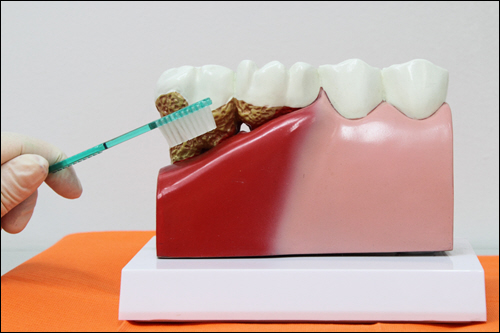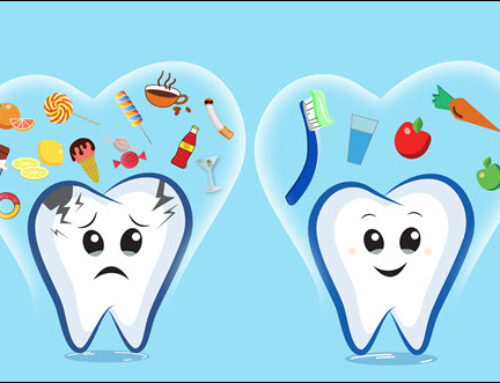Gingivitis, the earliest stage of gum disease, affects many people but often goes unnoticed until symptoms progress. This gum inflammation, if left untreated, can lead to more severe conditions like periodontitis and tooth loss. Recognizing the signs of gingivitis and taking steps to prevent it are essential for maintaining a healthy, confident smile throughout your life. By understanding what causes gingivitis and how to combat it, you can protect your oral health and avoid complications that compromise your smile.
Recognizing the Signs of Gingivitis
Gingivitis begins with inflammation in the gums caused by plaque buildup. Plaque, a sticky film of bacteria, constantly forms on your teeth and, if not removed, produces toxins that irritate gum tissue. Recognizing gingivitis early makes it easier to address and reverse, so pay attention to these common signs:
- Red, Swollen Gums: Healthy gums are typically firm and pale pink. If your gums appear red or swollen, it may indicate irritation from plaque buildup.
- Bleeding Gums: If your gums bleed when you brush or floss, it’s often a sign of gingivitis. Healthy gums shouldn’t bleed with regular brushing and flossing.
- Persistent Bad Breath: Plaque buildup and bacteria in the mouth can cause bad breath that doesn’t go away with regular brushing.
- Gum Sensitivity: Gums may feel tender or sensitive, especially when brushing, flossing, or eating hard foods.
If you notice any of these symptoms, it’s essential to act quickly. Gingivitis is reversible, but only if you address it in its early stages.
Preventing Gingivitis with Daily Care
 The most effective way to prevent gingivitis is through consistent and thorough oral hygiene. Here’s how you can keep your gums healthy:
The most effective way to prevent gingivitis is through consistent and thorough oral hygiene. Here’s how you can keep your gums healthy:
- Brush Twice Daily: Brush your teeth twice a day for at least two minutes each time. Focus on gently brushing along the gumline to remove plaque where it tends to accumulate.
- Floss Daily: Flossing removes plaque and food particles from between the teeth, areas that brushing alone can’t reach. Make it a habit to floss daily to keep plaque from building up in those hard-to-reach spaces.
- Rinse with Mouthwash: Use an antiseptic mouthwash to help kill bacteria that lead to plaque buildup. Look for mouthwashes with antibacterial properties designed to promote gum health.
- Visit Your Dentist Regularly: Schedule dental check-ups and cleanings every six months. Regular cleanings remove tartar (hardened plaque) that can’t be removed with brushing alone, reducing your risk of gingivitis.
Why Early Prevention Matters
Preventing gingivitis is not only about maintaining a beautiful smile but also about protecting your overall health. Gum disease has been linked to various health issues, including heart disease, diabetes, and respiratory problems. By preventing gingivitis early, you safeguard more than just your oral health; you contribute to your overall well-being.
Take the steps today to recognize and prevent gingivitis, and enjoy the benefits of a healthy, lifelong smile. Regular oral care, coupled with professional dental support, keeps your gums strong and your smile vibrant for years to come.






